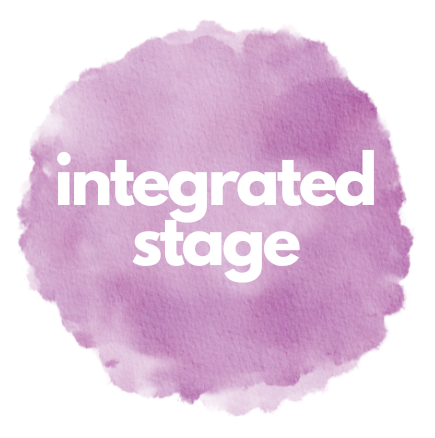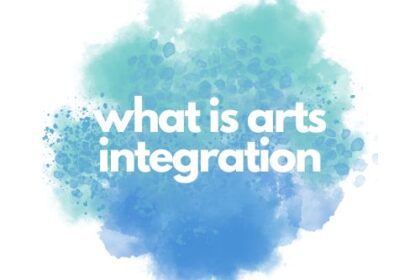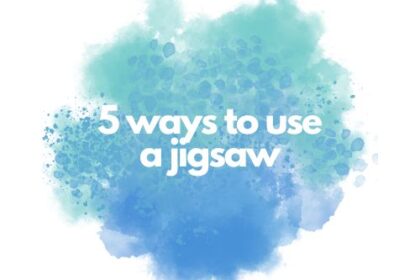Guided Reading activities that feel fresh, fun, and new are sometimes hard to come by. That’s when arts integration, brain-based best practices, and cross-curricular ties enter the chat.
Is Guided Reading Even Best-Practices?!
You know I fangirl over brain-based best-practices here!
Love it or hate it, guided reading/small groups/language arts stations are used interchangeably. While there are differing opinions on whether or not leveled texts in upper elementary are still best practices, general consensus is that small group instruction is here to stay and what’s best for kiddos.
Education Week has this interesting article on the data of small groups. The article mentions that 15-20 minutes is generally a good amount of time per small group, but it also states that we teachers should prioritize the frequency of small groups.
Okay. But MORE Guided Reading Activities?!
This study, from the Journal of School Psychology, is a meta-analysis of 26 studies that suggest interventions are more effective when they’re targeted to specific skills. That’s where what we’re synonymously calling guided reading and stations intersect
So…yes. More guided reading activities.
Why Arts-Integrated Station Work?
You also probably know that I’m a big arts integration fan here.
This article from the Kennedy Center’s Education branch references studies from 1999, 2005, and 2007 and says:
“When the arts are used to create a frame of reference for learning, students can make meaningful connections to one another, to themselves, to their lived world, and to other content areas (Burton et al., 1999; Fiske, 1999; Hetland et al, 2007 Stevenson & Deasy, 2005).”
So really, the bigger question is why NOT arts-integrated stations?
You convinced me. What does it look like in my classroom?
The best part is that it is very easy to implement arts connections as you work your way to full arts integration in lessons.
Theatre techniques for acting lend themselves to character studies and the analysis of plot. Music can help make vocabulary much more memorable. Visual art itself can combine color theory to communicate the mood or tone of a poem, help summarize or retell visually, or even create visual and tangible metaphors. Dance can allow for easy demonstration of concepts through kinesthetic means.
I suggest starting with one station at a time to implement these strategies.
- When working on vocabulary, maybe implement art with a visual word wall.
- Working on sequencing? Choreograph a dance that has three 8-counts where each one represents the beginning, middle, and end.
Or you can grab my done-for-you product, Arts Integration Stations: Guided Reading Activities, in my Teachers Pay Teachers Store right now! This resource has templates, directions, and activities ready to go so you can start implementing arts integration into your reading stations today!





